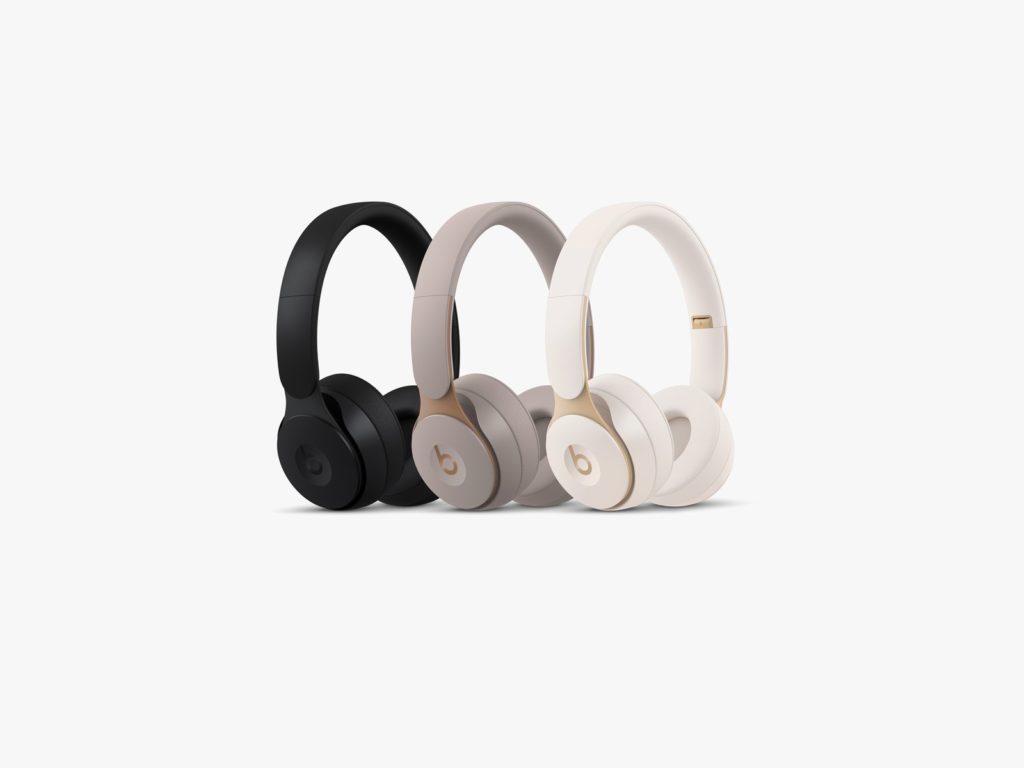Beats Solo Pro Headphones: Price, Noise Canceling Details, Release Date
Apple’s latest headphones bring the world-silencing capabilities of its over-ear cans into a more compact design….

Turn up the Dre and tune out the noise. Beats’ new Solo Pro is the company’s first on-ear headphones with adaptive noise canceling.
Today, the Apple-owned brand announced the upcoming pair of headphones—an upgrade to the already excellent Solo3. At first glance, the Solo Pro looks very similar to its predecessor. But while noise canceling is the standout feature, the headphones also come with some other boosts: squishier ear pads, longer battery life, Apple’s latest H1 Bluetooth chip, to name a few.
In their 13-year lifespan, Beats headphones have come a long way. Grab a first-gen Solo set and shake it around—they feel pretty crappy. The Solo Pro, though, is a premium product with an improved design. For one, the chintzy plastic in the headband has been replaced with sturdy anodized aluminum. In a briefing last week, a Beats representative grabbed one earcup in each hand and tweaked them hard, like he was trying to violently wring out the world’s wettest towel. Indeed, the headphones did not break.
Photograph: Beats
While the Solo Pro weighs a little more than half a pound (9.4 ounces versus the 7.6-ounce Solo3), the upgrade to tougher materials also means that this pair of cans is thicker than before. There’s a good deal of padding around the band, which is meant to disperse the weight across your whole skull as opposed to bearing down on one pressure point at the crown of your head. They felt pretty good during the brief time I was able to try them on during a demo, but that extra plumpness is definitely noticeable. It’s probably the kind of thing you get used to.
Hush Hush
The big selling point, of course, is the noise canceling. It’s not an unprecedented development. Beats’ over-the-ear Studio series has had noise canceling for years. But the feature has been tricky to add to an on-ear headphone like the Solo. The main problem is the sound leakage inherent to the on-ear design. When headphone pads sit directly on the ear, they can be displaced by glasses frames, hair, or even just the weird shape of your ears. With the seal broken, external sound gets in and ruins the whole point of noise cancelation.
As a technology, noise canceling was first developed to tune out the very specific sound of airplane engines. It works by inverting soundwaves. To block out external racket, noise-canceling headphones use microphones to listen to the sounds around you, then feed your ears a synthetic sound wave over the top of the roar. Since that sound has the exact opposite wave pattern of the ambient sound of your environment, the din gets canceled out and all you hear is blissful near-silence. So whether you’re in traffic or on the subway or in a particularly chatty office, it will adapt to that setting.





